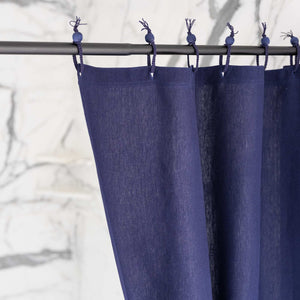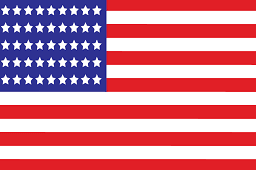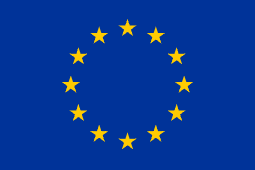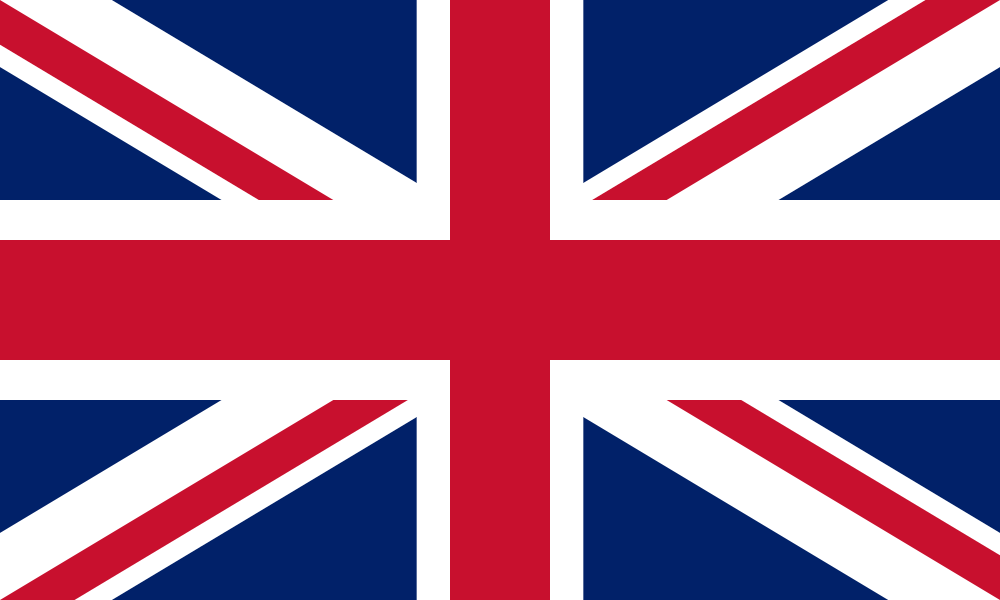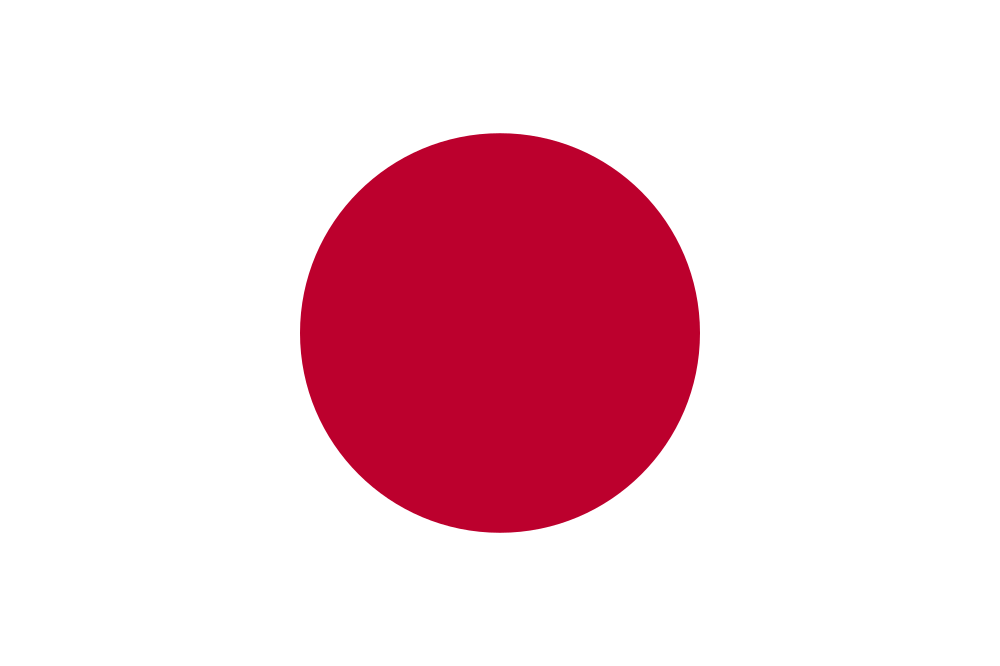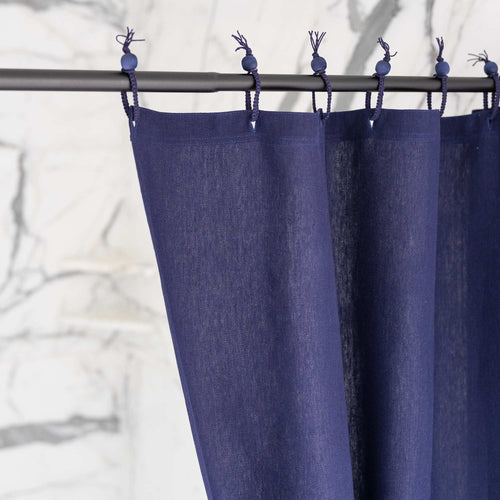
Off The Grid Homesteading On Denman Island 2012
Homesteading is a learning, refining process. In almost 13 years of doing it, we have almost mastered the art of pacing ourselves — it's hard to resist the urge to try to get everything done all at once; but one burns out that way. It's better to fall into the rhythm of the seasons and let things develop and mature in their own time. In other words, we are slowly learning the virtue of taking time off and walking on the beach from time to time— the exercise (not that we ever lack it, working as hard as we do in the garden and the zoo), the fresh air, and the sunshine are all good for us all.
Except for some organic oranges and bananas that we purchase at the health food store, we have been eating from the garden. As our fruit trees get further established, we have a pretty good supply of organic apples, pears, Asian pears, walnuts, hazelnuts, and almonds most of the year, and plenty of plums, mulberries, strawberries, blueberries, apricots, peaches, nectarines, and figs during the main gardening season. We are actually now living the dream we had when we started out on our homesteading journey of eating fresh organic foods from the garden year-round.
To make sure we have a plentiful supply of organic greens from the garden for us and for our adopted pets, we seed lettuces, kales, chards, chicories, and the like every two weeks, rain or shine, save for January, when nothing would sprout anyway in our location. This way, we can be sure that no matter what happens with the weather, we always have something to eat. We direct seed in the greenhouse and outside beds as well as seed in trays (this comes in handy for when a space opens up in one of the beds). Seeds are free and abundant (because we save the seeds from our veggies), so overseeding is quite OK. You can thin little seedlings for a meal of nutritious micro greens.
For us, greens are the most challenging of all the foods in the garden because we rely on them everyday for our dinner. This year, we had a long sunny summer, all the way through to the middle of October, but then it ended abruptly with a string of dim, cloudy, drizzly mild days which have continued to December 1 (when I'm writing this). This has posed a great challenge for us. Most of our greens don't mind the cold (we select French and Italian varieties which thrive in our mild coastal climate) but boy! do they just stagnate through the dim days.
What we are learning is that, in case this unusual autumn appears again the future, we have to be prepared with plenty of mature greens going into the fall. In the past, we were counting on greens continuing to grow through the fall and winter. Now, we have to make sure even more plants are mature come end of summer, so that we can keep cutting them to February, when active new growth will be vigorous and plentiful. We are still fine (but getting a little nervous about the cloudy trend continuing through December) and the weather may turn more sunny soon (the West Coast is as famous for its summer-like sunny winter days as the dim, drizzly days which are quite common in the winter). We like to feed lots of fresh greens to our chickens, ducks, geese, dogs, and cats, so we need lots on hand throughout the year. At least we have lots of wheatgrass all the time for everyone, though. It's awesome, though, how fast greens can grow in just a couple of days of sun, especially when they are protected by a greenhouse or coldframe.
So, apart from working hard as always on the website and at the homestead, we have taken to venturing about on regular walks on the beach, rain or shine. There's so much to discover always. In the Image Gallery above, we offer up a pictorial of the magical moments we encountered in the past few months on the beach and in our island garden. Namaste.








